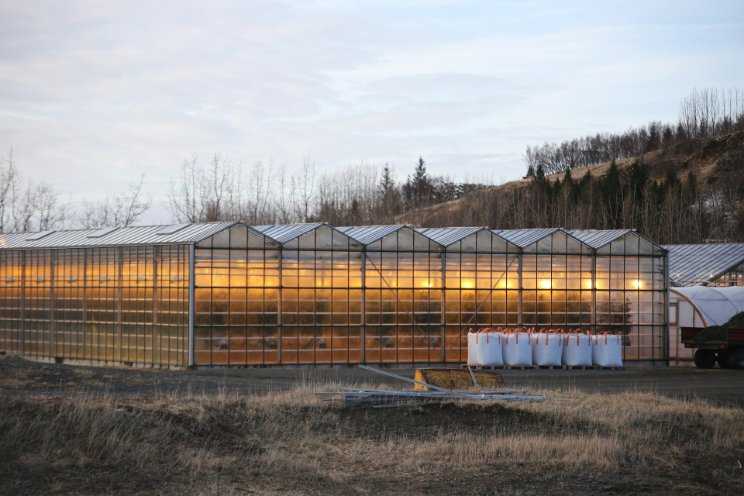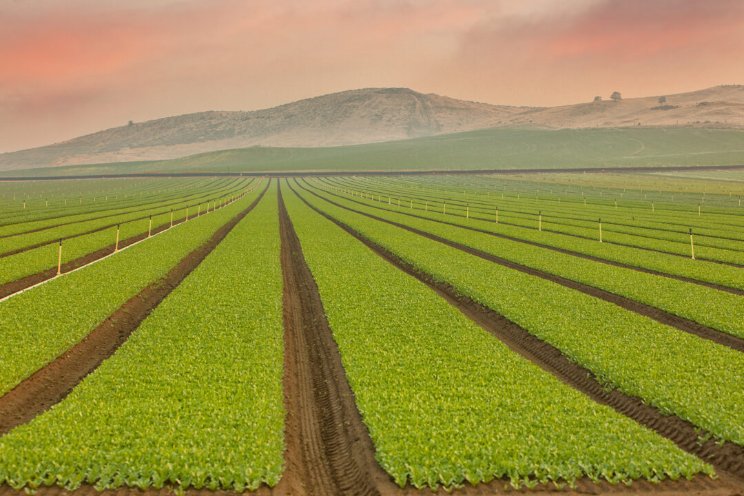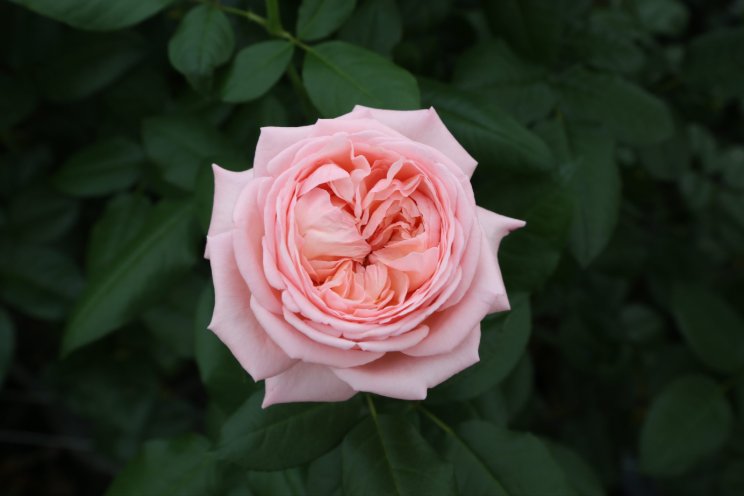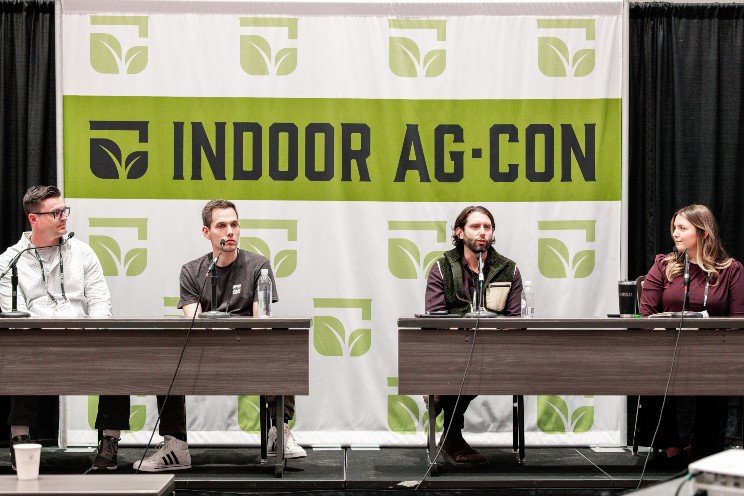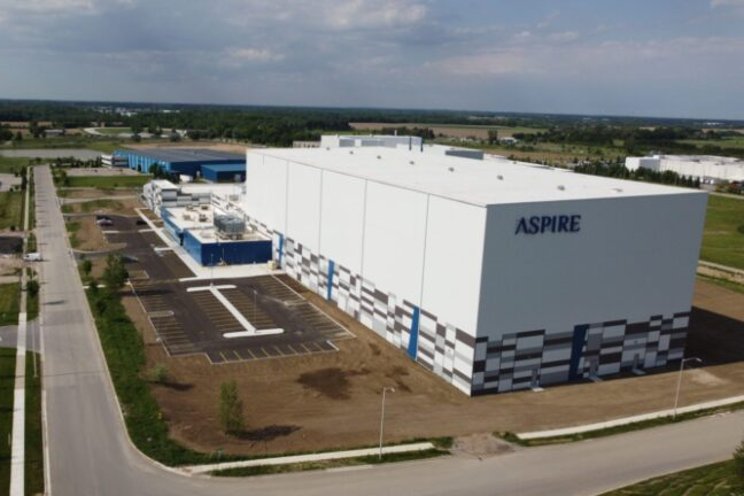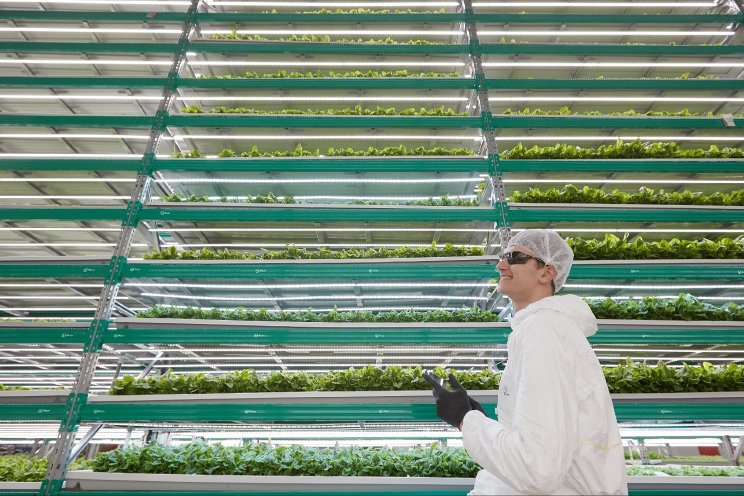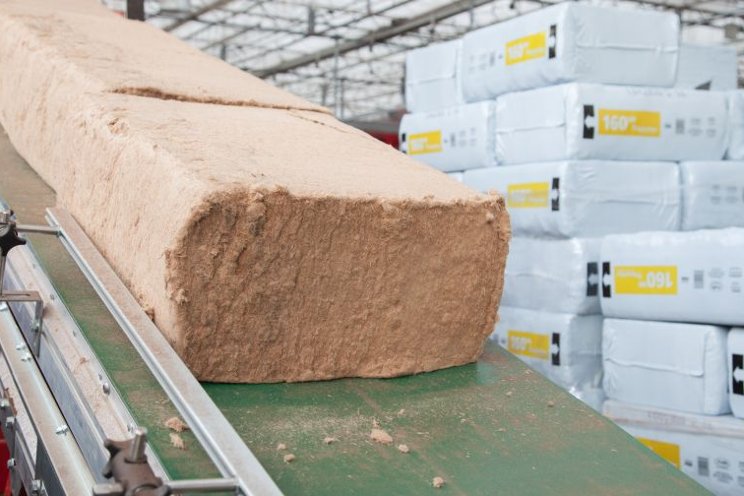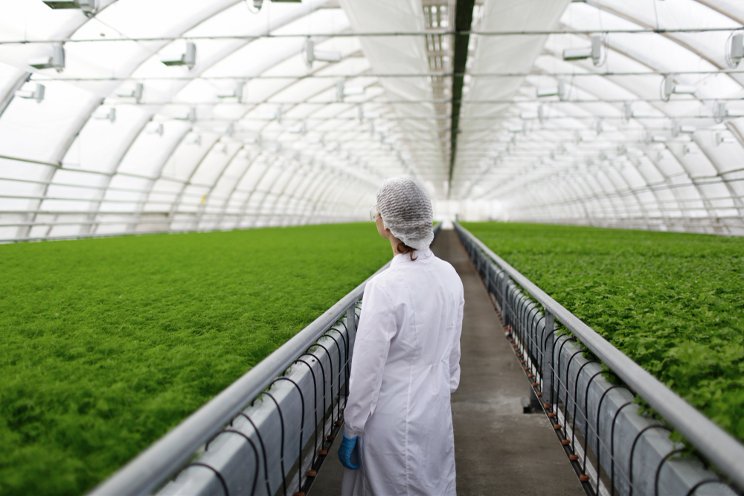Plants grown in CEA can give cancer patients more options
Added on 30 September 2021

Editor's Note: Urban Ag News fully understands that many of these crops are not currently grown in greenhouses, hoop houses, high tunnels or vertical farms. But, that is not as important as the fact that they could be if the consumer and the farmer found equal value in exploring local production.
Cancer touches us all.
We are all individuals so no diagnosis is likely to be exactly the same. Instead we rely on statistics that tell us the likelihood of occurrence or reoccurrence. Thankfully the pathways are being elucidated and for the most part overwhelming evidence suggests the way for us to gain personal control and break the cycle is to follow a plant based diet.
What is Cancer?
Cancer is not a new disease. Around 400 BC Hippocrates used the terms 'carcinos' and 'carcinoma' to describe non-ulcer forming and ulcer-forming tumours. A century or so later another Roman physician, Galen used the term oncos (Greek for swelling) to describe tumours, that led to the study of cancer, which today we refer to as oncology.
Cancer forms when cells in the body grow out of control because the genetic code is broken. The switch (gene) is disrupted in many different ways and cells then become tricky for the body to manage, avoiding a natural programmed cell death. The variations and stages can be vast which is why we still have very limited individual pharmaceutical treatments tailored to our needs.
But one thing we do know for sure is that most lifestyle cancers are the result of chronic inflammation which helps establish precancerous cells in the body that enables them to build blood vessel networks (angiogenesis) to supply their own energy allowing them to grow and invade vital organs.
Is cancer getting more prevalent?
Are we really getting more cancer than previous generations or is it that we can detect more with tests and scans?
Researchers believe that about two-thirds of the increase is due to us living longer and yes we are able to pick up signs earlier. The rest, they think, is due to changes in cancer rates across different age groups linked to higher risks when people are overweight. Specifically our culture of sunbathing increases the rates of melanoma skin cancer and more generally increased alcohol consumption contributes to higher cancer rates. I will not go into the environmental nor the genetic factors but these also play a small role in increased incidence.
Is there something we as CEA farmers can do differently from field farmers?
In my early career I was a cancer researcher, studying pharmacological progression of GI related disease. The last thing on my mind 30 years ago was how what we ate could prevent and in some cases even reverse some of these dangerous cellular changes. Now I think it is a failure in the evolution of medicine to not fully engage in food nutrition before a disease becomes so advanced that no intervention, either pharmaceutical or nutraceutical ceases its progression.
Discussing cancer still scares people (even me). It's something that happens to other people until one day it happens to you or your nearest and dearest. Then inevitably you want to understand the processes to prevent this disease taking over. The problem is complex and that's a fact. I'm not going into detail of the pathways in this article, they are super complicated. But I will describe the plants that have the best antioxidant and anti-inflammatory mechanisms to help repair DNA damage and give you the best chance of boosting the immune system to fight lifestyle preventable cancers.
Can eating healthy foods from plants grown in CEA help prevent cancer?
Given that more than 60% of our anticancer drugs are derived from plant material it makes sense to look at a plant based diet to help us. Growing these plants for their nutraceutical value in CEA is really important as we can eliminate pesticide residue which contributes to inflammation.
AN OUNCE OF PREVENTION IS WORTH A POUND OF CURE.
Ben Franklin, 1736
Prevention is better than cure so start on a healthy regimen now and you may never be faced with the 'Big C'. Our previous blogs this year on diabetes and mental health should help your direction when faced with precursor diseases.
But if you are already on the unfortunate journey then teas and juices can be the easiest way to consume antioxidants if you are on the go and between cancer treatments. If chosen correctly these can create an environment to boost beneficial microflora in the gut, important for dampening inflammation.
Most if not all these plants can be successfully grown in a controlled environment which can provide locally available fresh options that might not be found at a nearby grocery store.
Pomegranate is native to the Middle East, and men from these countries have half the chance of developing prostate cancer than those in the west. In fact, recent studies have shown combined extracts of pomegranate, turmeric, green tea and broccoli significantly reduces prostate specific antigen (a marker for cancer) levels down to almost normal in patients with prostate cancer.

New root growth formed in one week of aeroponics of a dwarf Pomegranate variety.
Click here to read the complete article.
Source and Photo Courtesy of Urban Ag News
Source: Urban Ag News
More news


